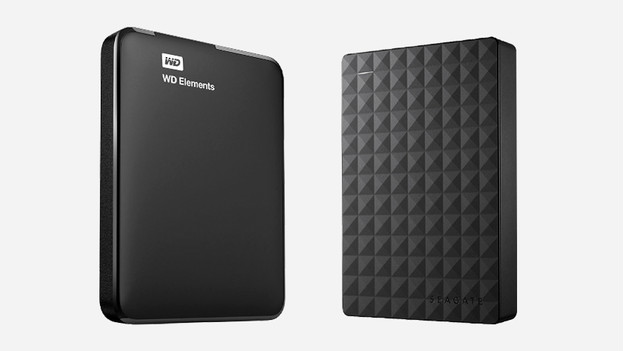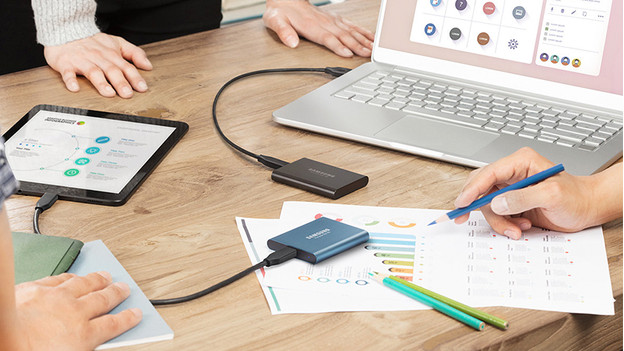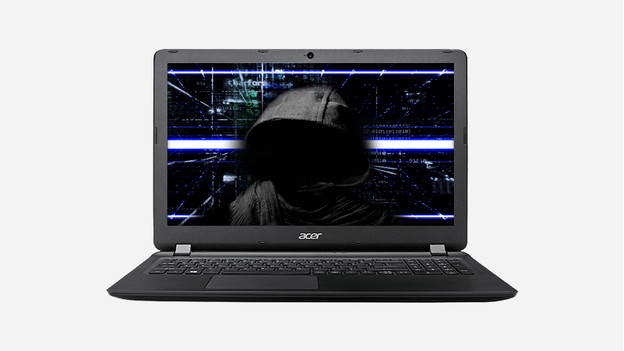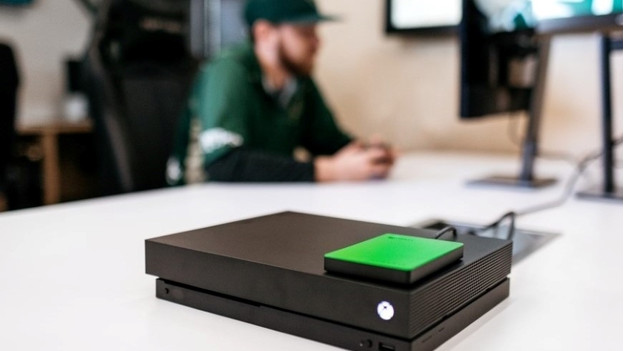
Get started with your backup device
Make backups

With an external hard drive, you can make backups of files, applications, and systems. On this page, you can read how you can safely store your data on an external hard drive. That way, you can be sure you don't loose any important information.
Tip 1. Store your data externally
Tip 2. Make automatic backups
Tip 3. Test if a backup works
What is ransomware?

When cyber criminals take your computer hostage via ransomware, they demand you transfer a certain amount to a back account. If you don't, the harmful software blocks your systems. This mainly happens via phishing emails from organizations that claim to be your bank, energy company, or phone provider. Ransomware can also spread via unprotected storage devices like USB flash drives. The corrupted files look like regular files, such as photos or pdf files.
How does an external drive help?

Antivirus software protects your PC or laptop from cyber attacks. Unfortunately, accidents do happen. When you connect to the internet, visit websites, or download files, you automatically give third parties access to your information. That's why it's even better if you secure your computer and also make backups on an external hard drive. That way, you'll always have your own files, no matter what happens.
Tip 1: store your data externally

With a storage capacity between 1 and 4TB, you can be sure your data fits on an external hard drive. In addition, most external hard drives have both physical and software security. That way, suspicious software can't just wipe your drive. With a NAS, you can also secure your information. Since a NAS is connected to the internet, it does require extra security measures. Experts recommend storing your data outside of your network on one or several drives.
Tip 2: make automatic backups

Most external hard drives have software that allow you to make automatic backups. You can select the frequency yourself. That way, the drive makes a backup at selected times. Depending on what you choose, the drive backs up on a daily basis or every time you connect the device to your computer. Backup programs usually only copy edited and new files. That saves you time and energy costs. Don't forget to disconnect your storage device from your network after transferring the data.
Tip 3: test if a backup works

Regularly check if your important data was transferred successfully. You can do this by opening a couple of files from your drive. Go to 'file information' and check if it's the latest version. Did you back up multiple systems with applications? Check the backup by opening a system or application. If the application works, the backup was successful. Did you find an old version or a corrupted backup? Luckily, most companies offer data recovery. Check the manual of your product for this.


